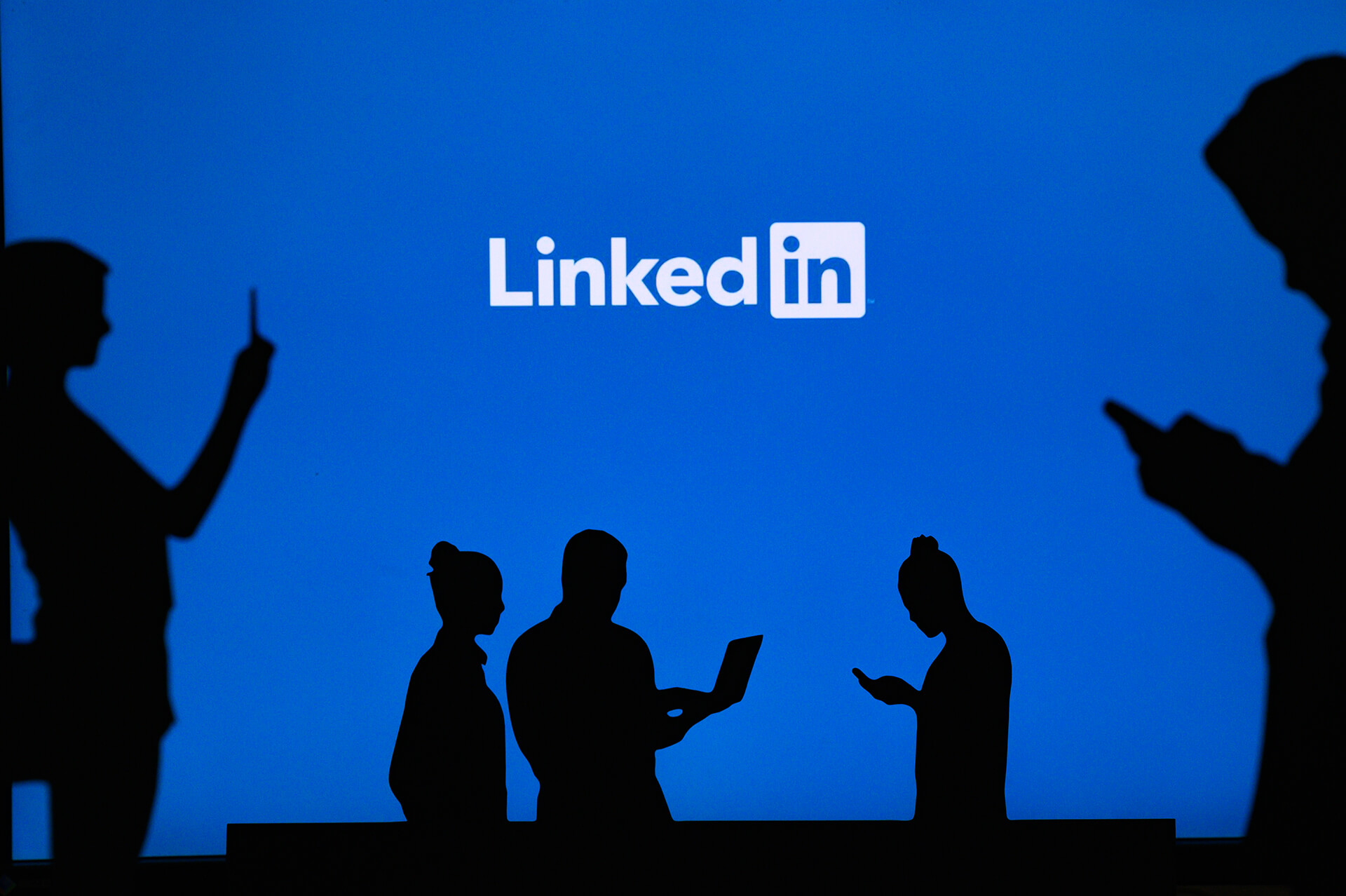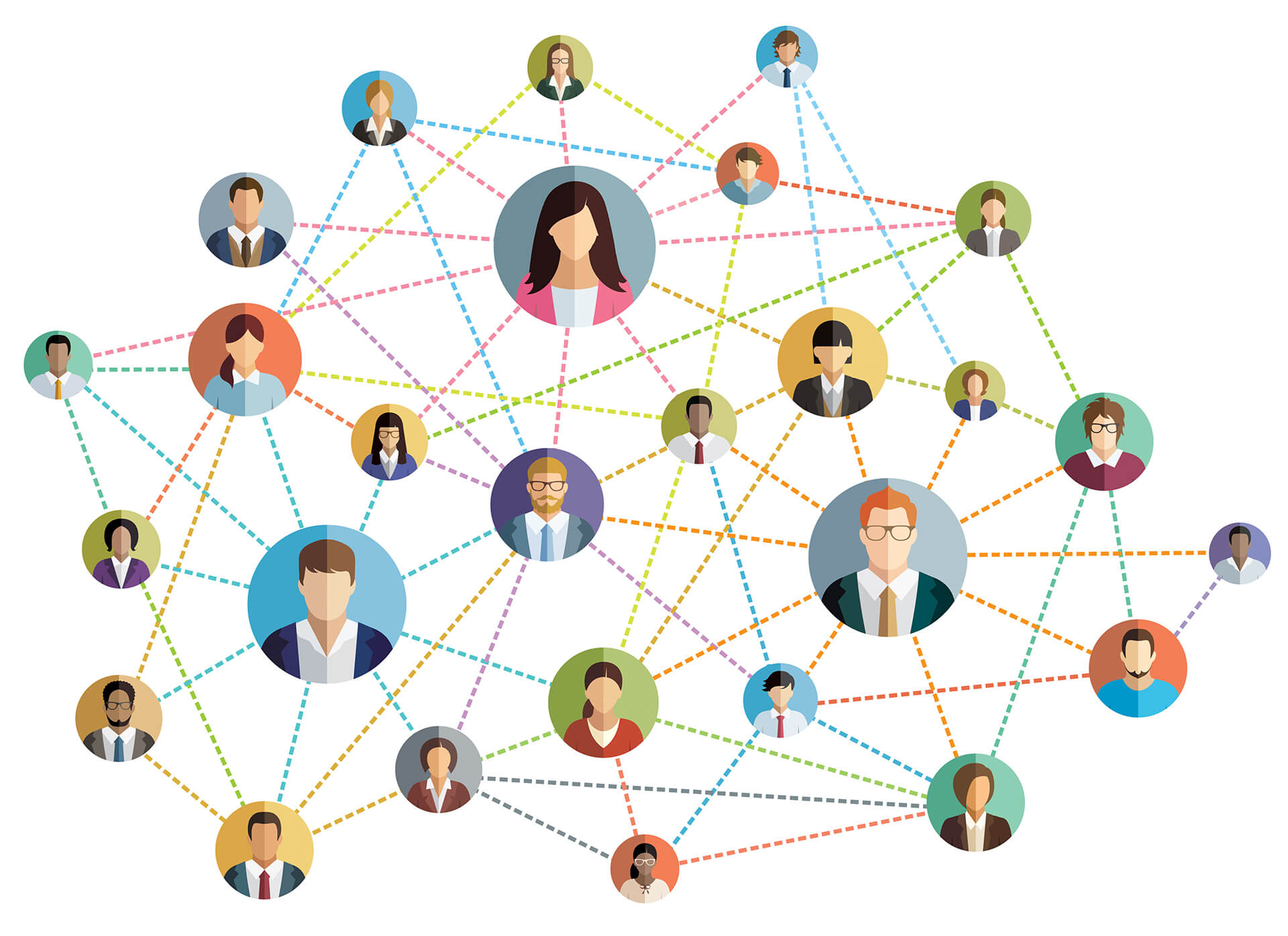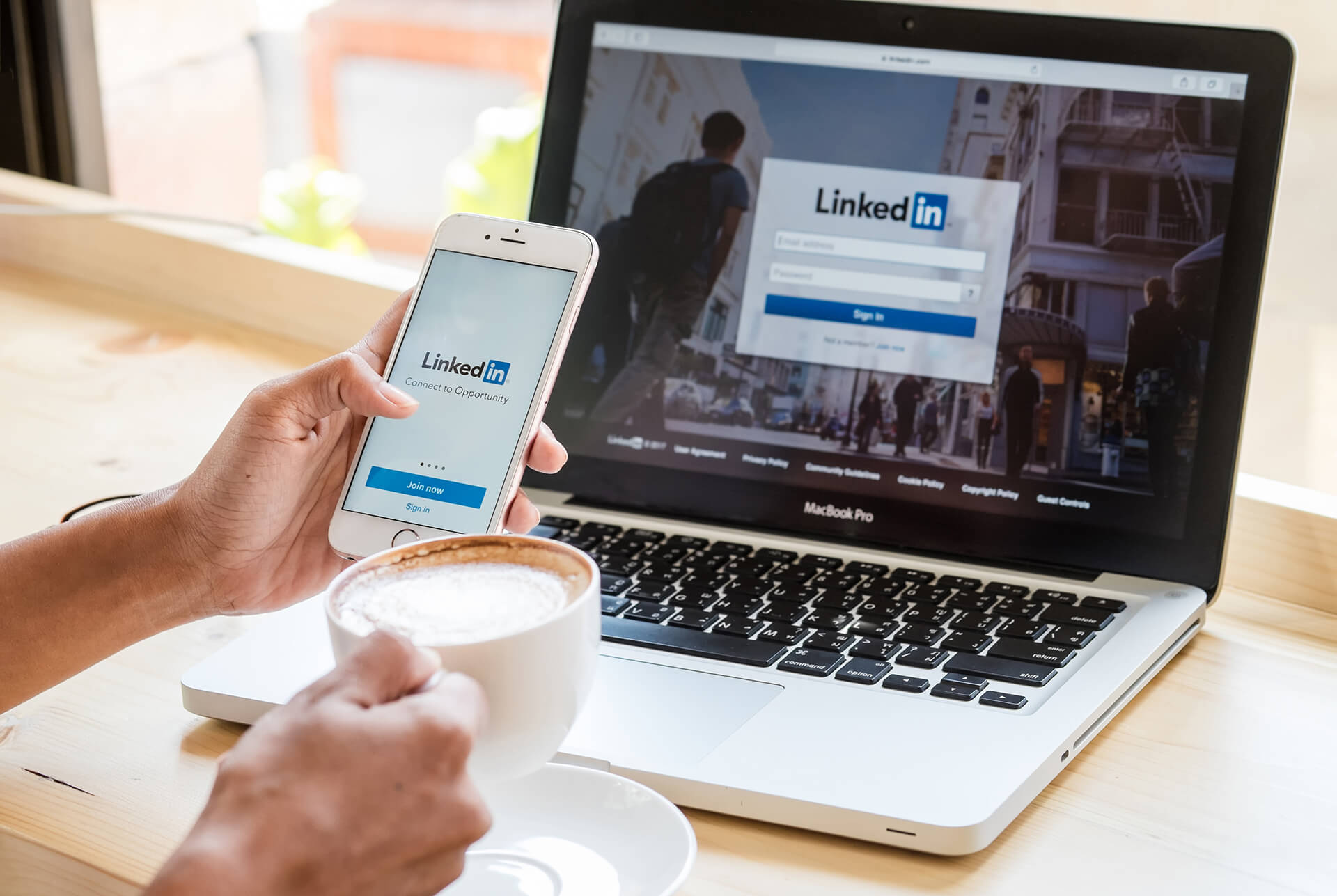'What is LinkedIn?': 5 Secrets for Beginners

Subscribe to Articles
You might be asking yourself, “What is LinkedIn?”
Well, the easy answer is it’s a social media platform, but it’s so much more than that. LinkedIn is a business networking and job search platform. It’s a way for you to meet and connect with people with whom you might never get the chance to connect otherwise. It’s an opportunity for you to sell yourself for potential job offers. And it’s a place for relationship building that can last you a lifetime.
There are more than 500 million users on LinkedIn. Think of all the opportunities for networking that gives you. However, if you’re new to the platform, it might seem a little overwhelming. So, where do you get started?Here are our 5 secrets for beginners. Follow these steps and you’ll be a LinkedIn pro in no time.
Secret #1: Build a strong profile
The first thing you will do is create your profile. You’ll want people to know who you are and what you do so they will want to connect with you.
You can start by personalizing your photo and banner image. Make sure you have a professional-looking photo. LinkedIn is a professional platform, so you probably don’t want to use the same photo you use for your Facebook profile for your LinkedIn profile. You can also upload a new image for your banner. This allows you to showcase your personality or your work a little more.
You’ll also want to write an engaging summary about yourself. This is where people are going to learn who you are and whether or not they want to connect with you, so take some time to develop this section. There is a 2,000 character limit, which is plenty of room to share some valuable information about yourself.
Adding in some SEO or industry-specific keywords into the summary section is a great way to help others find you through search, so try including a few of those if possible.
Once you’ve created a strong profile, you’re ready to get started on LinkedIn.
Secret #2: Start growing your network
The next thing you will do is grow your network.
As you want to grow your network thoughtfully, don’t add everyone that LinkedIn recommends for you. If you know some people within your network or industry who are already using the platform, then go ahead and add them. This will help to show the LinkedIn algorithm the type of people that you are interested in connecting with and will help to make their suggestions more personalized.
You will want to send these new connections an invite with a personalized message. Use this opportunity to explain to them who you are and why you are interested in connecting with them. This allows you to start developing a relationship with them right from the beginning.
Once you’ve added people you know, you can start looking outside your network to add new people who you might be of value to and who might be of value to you.
The people within your LinkedIn network are going to be your key people when it comes to personal and professional growth, so make sure that the people you are connecting with are the right people for you.
Secret #3: Engage, engage, engage
Once your network is growing, it’s time to start engaging with those people and the people within their networks. The beauty of LinkedIn is that it doesn’t just show you the content that your connections share, but it also shows you the content that they are engaging with.
This is a great opportunity for you to make even more connections based on your network connections.
You will want to be active on LinkedIn every day, even if it’s just for a few minutes at a time. Take a couple minutes and look through your news feed to see what your network is sharing and engaging with. If something stands out to you, that is a chance for you to “like” it or leave a thoughtful comment. Take time to leave comments that are beneficial to the conversation; don’t just write “agree” or something that doesn’t add value. Your network will see that you aren’t being genuine and will know that you’re just trying to build visibility.
The more you engage on the platform, the more your connections can get to see you and get to know you. If they see your name coming across their screen several times a day and you are adding value to all the conversations they see you conducting, this will make them want to engage with you even more.
Secret #4: Share your own content
As you become more comfortable on the platform, it’s time to start sharing some of your own content.
Maybe you write blogs that you want to share, or maybe you just share a few articles that you think your connections will enjoy and find value in. Whatever the content is, make sure that it is relevant to the platform. Leave the memes and non-professional content for other social media platforms. Use LinkedIn to help you and your network grow professionally.
LinkedIn is always changing, and with each new update comes new features that you can utilize to help you connect with your network. One of these new features that can produce great results and get a lot of engagement is polls. The great thing about polls is that once someone in your network answers the poll you created, the people within their network can also see the poll and respond. This is a fantastic way for you to share content that will generate tons of engagement and get your name in front of more people.
Secret #5: Keep developing those connections
Just because you’ve created your connections and you get comfortable on the platform, that doesn’t mean it’s time to stop or slow down.
You will want to keep developing the connections that you’ve created. Keep engaging with their posts, keep sending them messages, and keep adding value to the relationship. This is the number-one way that you will get value from using LinkedIn. The more you nurture and grow your relationships, the more you can count on them in the future to help you find a job, a lead, or a reference.
LinkedIn isn’t a hard platform to use, but it does take time to learn how to use it correctly.
If you follow these 5 secrets, you then will be well on your way to becoming a Linkedin expert.
Just remember, it takes time to develop relationships. You aren’t using the platform to see what others can do for you; you are using the platform to add value and see how you can help others.

